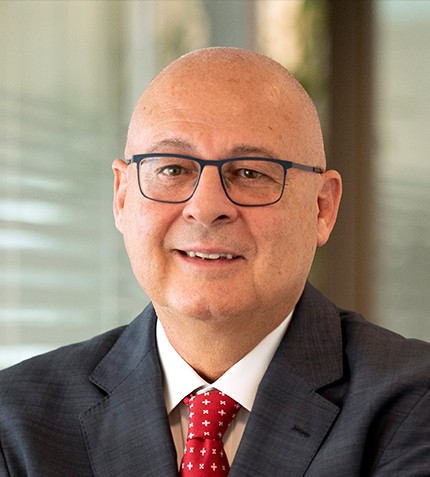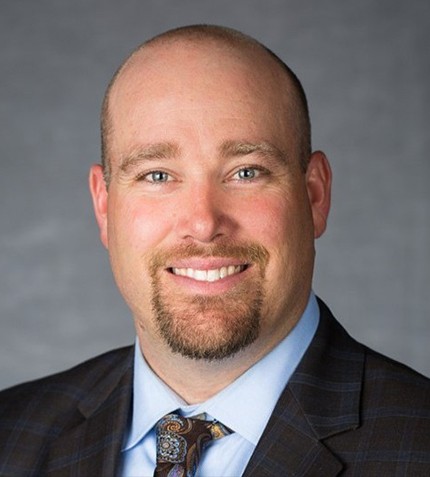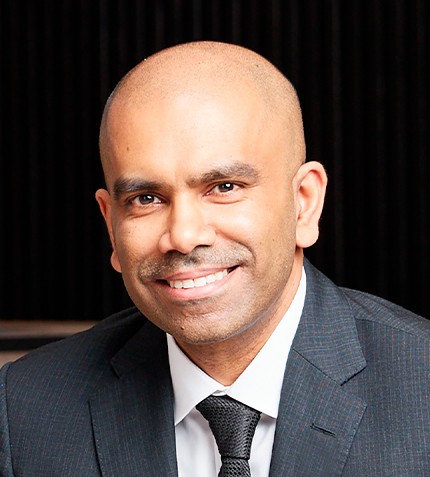
"This unique facility brings together the skilled labour training and development aspect of NORCAT as well as our role to serve as the global one-stop shop for all that is the future of mining technology and innovation – creating a vibrant collaborative ecosystem unlike any other in the world."
Don Duval
CEO, NORCAT
Could you describe your outlook for the recently opened NORCAT Underground Centre?
Earlier this year, we proudly opened our new state-of-the-art 15,000 square foot surface facilities at the NORCAT Underground Centre. This innovation pavilion will be used to support our customer growth in skilled labour training and development and the growing demand for emerging technology companies to utilize dedicated offices and collaborative workspaces to build their businesses. This unique facility brings together the skilled labour training and development aspect of NORCAT as well as our role to serve as the global one-stop shop for all that is the future of mining technology and innovation – creating a vibrant collaborative ecosystem unlike any other in the world. Building on this, at MINExpo, we announced NORCAT will be hosting Mining Transformed, the world’s first technology exhibition in an underground operating mine. Tech companies and mining companies worldwide have reached out to participate in the exhibition from September 26-29, 2022.
How has the NORCAT Open Innovation Platform evolved since we last spoke?
Last year we discussed the launch of the NORCAT Open Innovation Platform, an online marketplace to convey the challenges of our partner mining companies to a broader technology community around the world. Our initial pilot program with Vale was successful and we leveraged our learnings to enable us to expand the platform and offerings to other mining companies. Beyond the marketplace functionality to connect the buyers with the builders, we have also launched our curated market intelligence services and our buy / sell days, whereby we invite emerging technology ventures to install and demonstrate their technology in the NORCAT Underground Centre to an audience of prospective mining company buyers. We have validated that our value proposition across all our offerings is rooted in our underground operating mine – a unique asset that enables us to offer a referenceable site for product development and proof-of-concept demonstrations of emerging technology poised to transform the global mining industry.
Can you tell us more about your VR mine rescue training for which you were recognised by Facebook?
NORCAT aspires to be the global leader in skilled labour training and development in major industries, including mining, forestry and construction. This goal is rooted in our investments in Studio NORCAT, where we build proprietary technologies that can be integrated with more traditional experiential learning to create dynamic and meaningful blended learning programs. We have invested in select areas where using experiential learning technology, such as AR or VR, can be complemented with training in-the-field and classroom to deliver a powerful learning experience. The mine rescue VR training simulates the procedures and protocols of an actual mine rescue event. This was submitted to Facebook’s Oculus "VR for Good" initiative as part of a global competition to demonstrate how VR tools and techniques can be used to transform safety in the workplace. We were proud to be selected as the winner as it speaks to our commitment to investing in emerging learning technologies. More importantly, it can be integrated into a mine training program that will ultimately save lives. It reinforced that VR and AR will play important roles in the future of training and development, particularly for health and safety programs that are not practical to learn in the field, which we are investing heavily.
What are the key stumbling blocks faced by the sector when implementing Industry 4.0?
The global mining industry continues to struggle with a technology adoption problem, which is often rooted in the uncertainty associated with deploying a new, potentially unproven technology, product or service. NORCAT embarked on a rigorous survey in 2013 to better understand the steps required to overcome technology adoption barriers in the global mining industry. Results indicated that mining companies want to witness the technology tested and proven in an operating working environment, not in a laboratory, which is why we are continuing to invest in the NORCAT Underground Centre. They also want surety that the small venture-backed enterprises that make this technology will continue to exist after the mining company deploys their technology.
Technology suppliers in the survey resonated with what mining companies indicated, as they said that mining companies often ask them for reference clients and on their financial future, but since they’ve only existed for six months, they do not yet have clarity over their financial future. Our role is to help these mining companies by presenting “a place” for technologies to be developed, tested, and demonstrated to harness the attention of large-scale producers and expedite a potential procurement and deployment decision.
How is NORCAT supporting the shift towards electrification?
Battery electric vehicle (BEV) equipment providers are using the NORCAT Underground Centre to develop, test, and / or demonstrate how their emerging technologies are poised to transform the global mining industry. Coinciding with the expected sizable purchase orders for BEVs from Canadian mining operations in the coming years, we expect to see continued growth in engagement with tech companies focused on the BEV supply chain. That all said, the move towards full electrification at scale in developed mining economies will take longer than we think. Other electrification strategies are emerging from new diesel management / efficiency technologies (to prolong the use of existing capital assets) to electric tethered trolley systems (so no need for batteries) to different battery chemistries that challenge the resiliency of the current best-in-market batteries.










